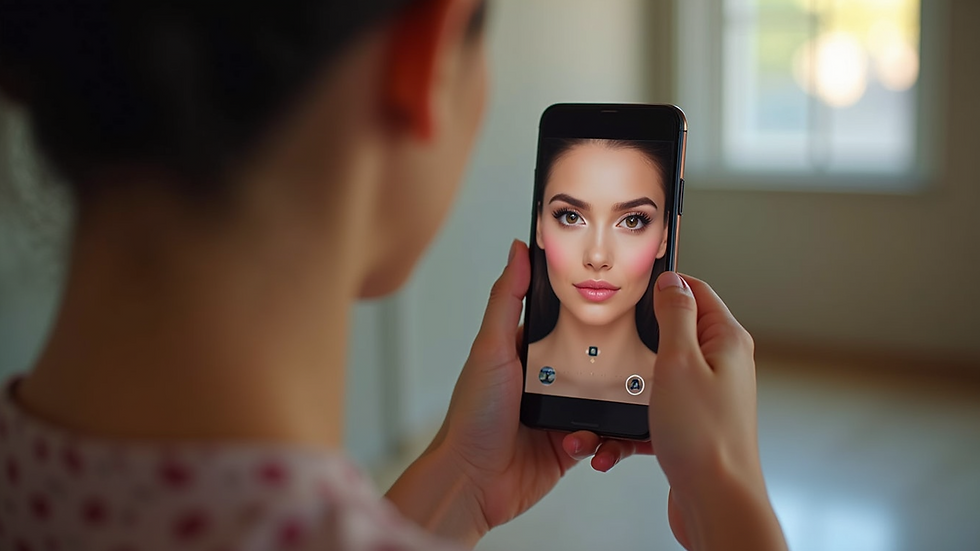How AR is Transforming Modern User Experiences
- jesse barratt
- Jul 28
- 3 min read
Augmented Reality (AR) has rapidly evolved, becoming a significant component of modern user experiences. It's not just a flashy gimmick anymore; AR is reshaping industries, providing new ways for users to interact with products and services. From education to retail, the influence of AR technologies is profound and far-reaching. Let's explore how AR solutions are transforming user experiences in various domains.
Discovering AR Solutions
AR solutions enhance the real world by overlaying digital information on physical environments. This technology allows users to see and interact with virtual objects as if they were part of the real world. The implications are vast, from providing better product visualization to creating immersive learning experiences.
For instance, in retail, stores are leveraging AR to allow customers to visualize products in their homes before making a purchase. Through a smartphone app, users can point their devices at an empty space and see a 3D model of the furniture they are considering. A study by IKEA found that using their AR app led to a 40% increase in sales.

The Impact of AR on Learning Environments
In education, AR is redefining how learners interact with content. Traditional textbooks can now transform into interactive experiences. Imagine a history book where students can scan a page and see a 3D model of an ancient artifact, complete with details about its history and significance.
A research study published in the Journal of Educational Technology & Society showed that students exposed to AR educational experiences had a 50% higher retention rate compared to traditional learning methods. This illustrates the potential AR has to engage learners more effectively.

What are Augmented Reality Solutions?
Augmented Reality Solutions refer to the specific tools and applications designed to bring the digital world into the physical space. These solutions range from simple mobile apps to fully integrated systems used by businesses.
For example, brands are utilizing AR to create virtual try-on experiences for cosmetics. Makeup brands like L'Oréal and Sephora have implemented AR apps that allow users to virtually apply makeup and see how it looks in real-time. These experiences provide a unique value proposition, enhancing consumer confidence and satisfaction.

AR in Healthcare
Healthcare is another field where AR solutions are making a significant impact. Medical professionals are using AR to enhance surgical procedures. For example, surgeons can wear AR glasses to overlay critical information, like patient imaging and vital signs, directly onto their field of vision during surgery. This capability increases the precision of procedures and helps minimize risks.
Additionally, AR apps are helping in medical training by providing students with a virtual anatomy experience. They can interact with 3D models of the human body, enhancing their understanding of complex systems.
Real Estate and AR
The real estate sector is also benefitting greatly from AR. Virtual property tours are now accessible through AR applications, allowing potential buyers to visualize homes without having to visit them physically. Users can walk through a property and see how their furniture would fit in the space, or even visualize remodeling options.
A report by the National Association of Realtors discovered that properties marketed with AR listings sold 20% faster than those without. This evidence showcases how AR is influencing buyer behavior and streamlining the purchasing process.
Final Thoughts on Augmented Reality
As we have explored, AR solutions are reshaping modern user experiences across diverse industries. They provide innovative ways to engage with products and content, enhancing everything from shopping to learning. Companies willing to adopt AR not only gain a competitive edge but also create memorable interactions for their users.
For businesses considering integrating AR into their strategies, the potential benefits are clear. By utilizing these technologies, organizations can enhance customer experiences, drive sales, and improve user engagement. Investing in augmented reality solutions today may well position businesses as leaders in their respective fields tomorrow.




